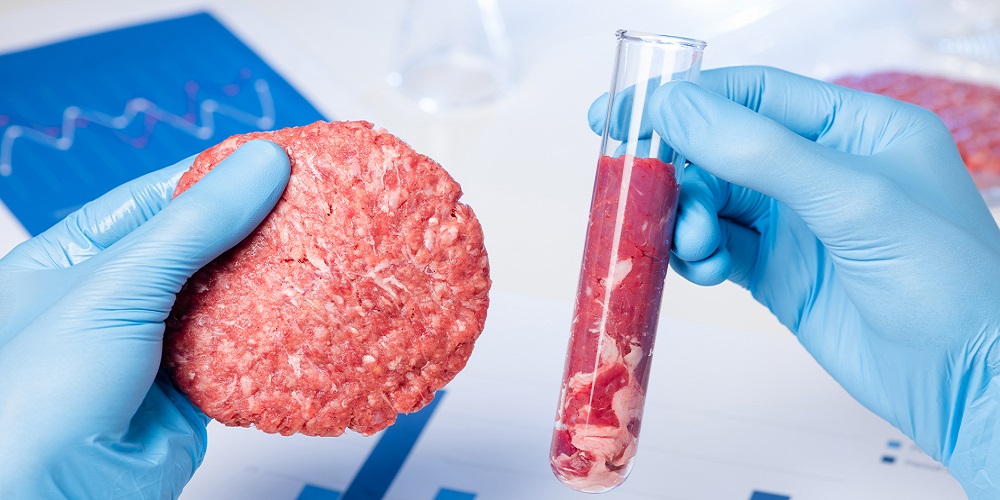Lab-grown meat, also known as cultured meat, is an emerging food technology that has generated both excitement and skepticism. As this innovative industry takes shape, it is important to separate fact from fiction and address some of the common concerns surrounding lab-grown meat.

One prevailing worry is whether lab-grown meat is derived from cancer cells or if it can cause cancer in humans. This misconception stems from the use of immortalized cells, which are pre-cancerous and can be fully cancerous in some cases. However, lab-grown meat is not produced using cancer cells. Food scientists utilize stem cells from living animals or fertilized eggs to grow meat.
These cells are carefully selected based on taste and their ability to divide. The selected cells are then cultured in a nutrient-rich medium, similar to what happens inside an animal’s body. The cells differentiate into muscle, fat, and connective tissues that make up meat. It is crucial to note that these cells are not cancerous and are not associated with the risk of cancer in humans.
Another concern revolves around the environmental impact of lab-grown meat. Traditional livestock farming contributes significantly to greenhouse gas emissions, land and water pollution, deforestation, and ecosystem degradation. Lab-grown meat offers a potential solution by sidestepping these environmental issues. However, a recent preprint study suggested that the environmental impact of current lab-grown meat production methods might be higher than traditional beef production. Nonetheless, previous studies have concluded that with advancements and the use of renewable energy, cultured meat could greatly reduce the environmental footprint of conventional agriculture.

Nutritional value is another area of interest. The nutrient-rich broth in which lab-grown meat cells are cultured plays a crucial role in determining the nutritional composition of the final product. While further research is needed, it is already evident that lab-grown meat has the potential to provide high-quality proteins, vitamins, minerals, and other essential nutrients comparable to conventional meat.
** Click here to read the full-text **










